Your guide to the current and future applications of DNA Sequencing
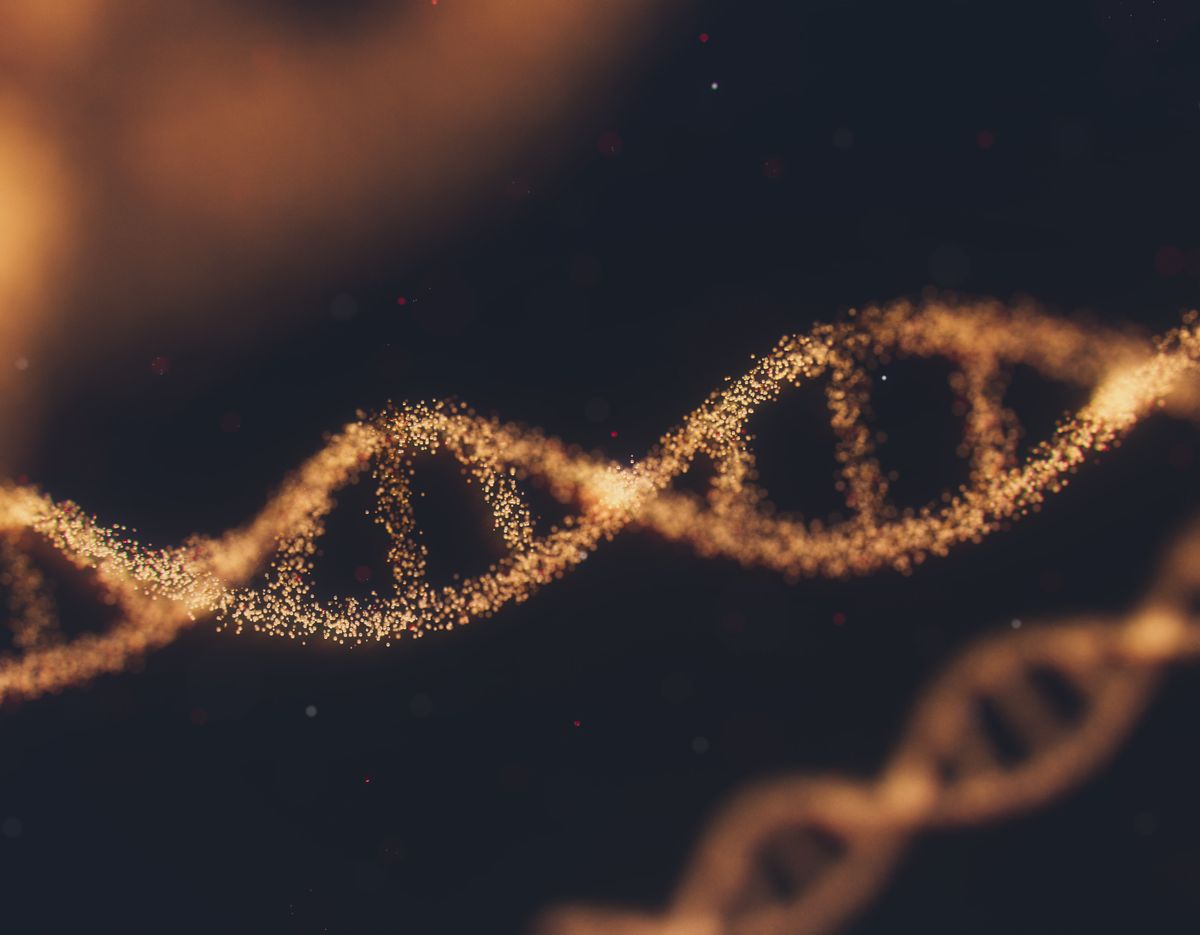
In continuation from the previous article that explained the basics of DNA, DNA sequencing, and discussed three different sequencing technologies on the market, you can read the article here. In this article, we will focus on some of the current and future applications for DNA sequencing.
Consumer applications
Sequencing has been gaining a lot of momentum in the last few years and one area that is useful to the man on the street is consumer genetics, which is about using our genomic data to make lifestyle decisions. Some examples include: Which types of food are best for us? How can we best lose weight? Which wine tastes best to us? What is my heritage or ancestry? These are some of the questions that can be asked of and be answered by our genome.
Over the past decade, there are many consumer genetics companies that have sprung up. Some of the more popular ones are Ancestry.com (private), Helix (Part of Illumina), Color Genomics (private), and 23andMe (private). All these companies hope to answer questions similar to those we provided above. Getting exact numbers for the popularity of these tests is relatively tough as most of the companies providing such services are still private. But Illumina provides some data about the consumer genetics market which can be seen in the image below:
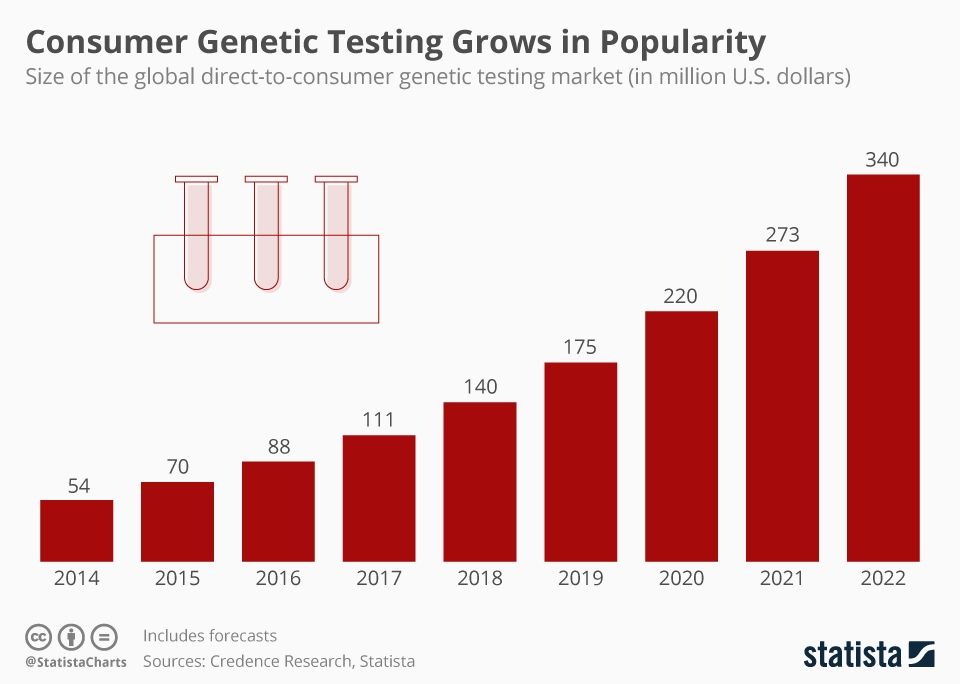
The graph shows clearly that consumer genetics is a growing market. Statista commented that AncestryDNA is the biggest player in the market, followed by 23andMe and then the rest of the companies.
Clinical diagnostics
The next area where sequencing is seeing huge growth is in the clinical diagnostics market. One service which has gained a lot of traction over the last few years is Non-Invasive Prenatal Testing (NIPT). This procedure is supposed to replace amniocentesis.
In NIPT, a blood sample is taken from the mother and the sample contains the baby’s DNA. Using established methods, the baby’s DNA can then be isolated and sequenced. This allows doctors to identify any potential DNA abnormalities in the fetus. NIPT is a service provided by numerous companies such as Roche (SWX: ROG) via Harmony tests, Quest Diagnostics (NYSE: DGX), Illumina (NYSE: ILMN) and more.
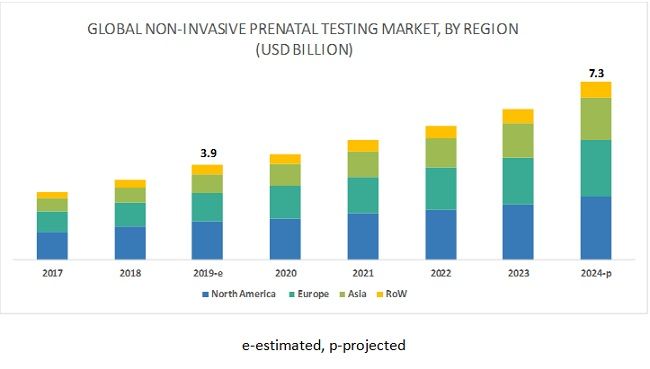
Beyond NIPT
The clinical diagnostic market holds more potential beyond just NIPT. One big area of growth is that for cancer screening and detection. One company in this field is Exact Sciences (NASDAQ:EXAS) . The company offers services which allow for the screening of a panel of markers and genes which can then be used to make decisions in a clinic. The objective is to understand a tumor or cancer better, hence allowing clinicians to make informed decisions on treatment and drug options for a patient. Having a personalized plan from the outset improves a patient’s chances of success for treatment and provides other benefits such as lower costs.
Another company working on liquid biopsy's is Grail (part of Illumina), which has developed the Galleri test. The test allows for early detection of over 50 types of cancers. Grail announced encouraging results from its initial tests, allowing for early detection of cancer. In addition over 45 types of cancers which could be detected by the test currently lack a screening tool. The test is still under pending FDA approval, but if approved it would allow for earlier detection and intervention in cancer treatment. This will be a big breakthrough for the medical community and drastically improve cancer treatment and therapy outcomes.
Personalized medical treatments are also starting to become popular for areas beyond cancer and this field is known as pharmacogenomics. What this means is that doctors use our genetic information to make informed decisions about which drugs will work best on us.
Some companies offering diagnostic tests for other medical areas include Invitae (NYSE: NVTA), Fulgent Genetics (NASDAQ: FLGT), Guardant Health (NASDAQ: GH), Veractye (NASDAQ:VCTY), and many others. Screening panels have been developed in medical fields such as cardiology, immunology, and neurology, to name a few. These panels test for the presence of genes which indicate the potential for a certain medical issue to develop in a person.
Other areas where sequencing is starting to show potential is in Human Leukocyte Antigen (HLA) sequencing. This is a test which is important in organ transplantation as it is used to match donors and recipients. It is a vital test, as any mistakes in the matching process would often lead to organ rejection, which can be fatal. Thus, being able to compare the HLA of two individuals at the genetic level through DNA sequencing increases test-accuracy and hastens the process. HLA sequencing can also be used to detect/understand autoimmune diseases.
Research Applications
The use of sequencing technologies is still routinely used in research applications and these applications are widening as new technologies come to the forefront.
A good example of research application would be the sequencing of the SAR-CoV2 virus. The genetic sequence of the virus was determined thanks for available sequencing technologies which allowed researchers and pharmaceutical companies to understand the virus better and determine the RNA sequence of the spike protein. This allowed pharmaceutical companies to develop the mRNA vaccine/DNA vaccines which have been rolled out to across the world.
Other research applications can be found for metagenomics, epigenetics, discovery of non-coding RNAs, single cell sequencing, microbiome sequencing and whole genome sequencing of aquaculture and agriculture.
In the last few years, Single cell sequencing has gained tremendous momentum. Single cell sequencing examines the sequence information from individual cells with optimized next-generation sequencing (NGS) technologies, providing a higher resolution of cellular differences and a better understanding of the function of an individual cell in the context of its microenvironment.
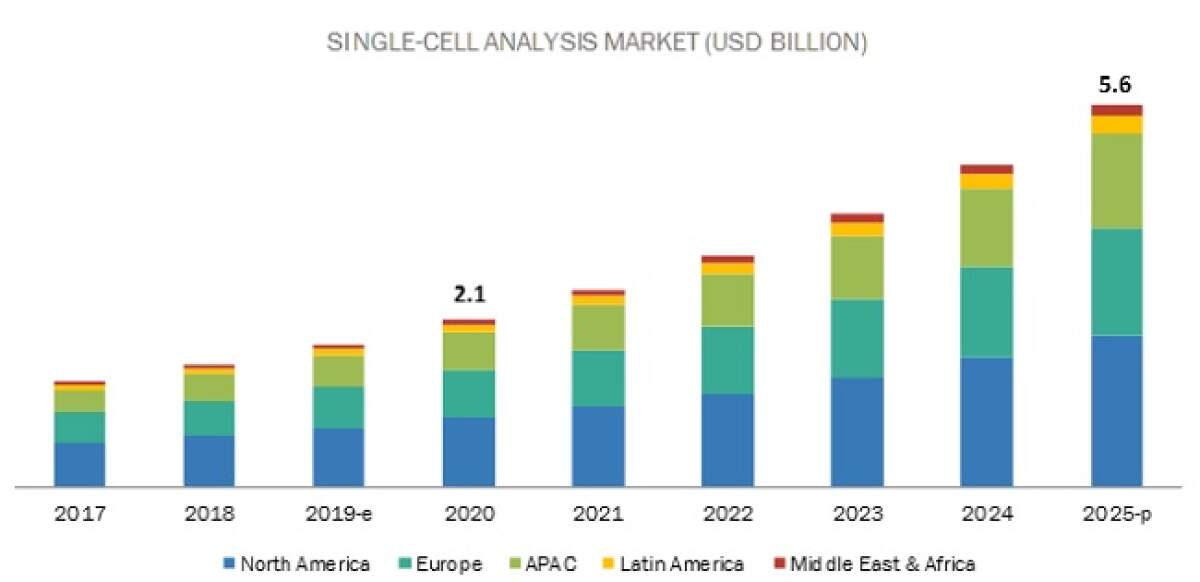
As seen from the graph above it is predicted that Single Cell analysis market is expected to grow at a healthy clip until 2025. Some of the prominent companies in this space are 10x Genomics (NASDAQ: TXG), NanoString Technologies Inc (NASDAQ:NSTG), others.
Similarly, the Microbiome sequencing has also been gaining traction in recent years. This entails the sequencing of microbial communities found in and on the human body, soil (agriculture) or water (aquaculture). The goal of microbiome studies is to understand the role of different microbes in their environment, so that the good microbes can be exploited and the bad microbes can be removed. This space has gained much traction in the agricultural space, with companies such as Pivot Bio (private), creating nitrogen fixing microbes which sprayed into the soil and allow for health crop growth without the need for fertilizers. The microbiome market is still in its infancy but it is picking up pace, and in the next few years we expect to see many more companies coming up on this front. The estimated growth in this market can be seen from the graph below.
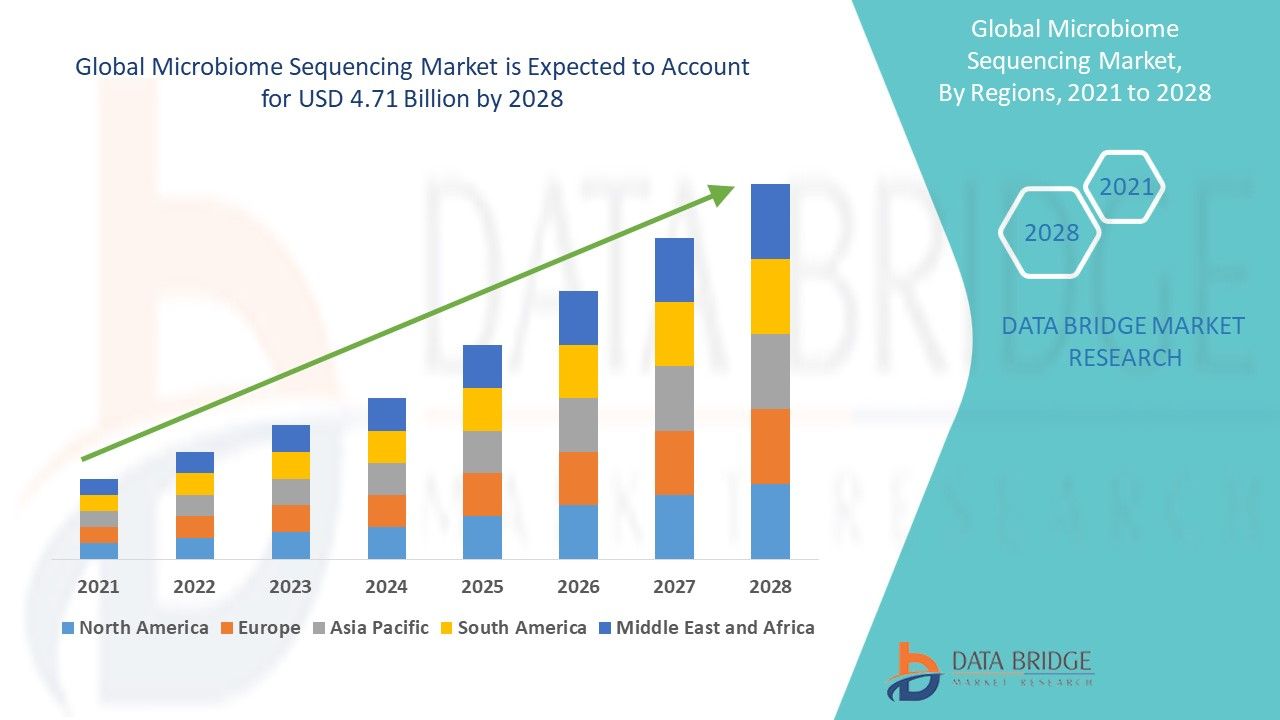
Genetic forensics
Genetic sequencing is also increasingly used for forensics. One emerging technique, called forensic genealogy combines DNA analysis with traditional genealogy research to generate investigative leads in crimes. Verogen (part of Illumina), is one company that is focused on this area. Using next generation sequencing, genetic information can be generated which provides more conclusive results for criminal casework, forensic databasing, and disaster victim identification.
Agriculture & Aquaculture
Lastly, sequencing technologies have found their way into other industries such as agriculture and aquaculture. Sequencing is being used to understand our plants and aquaculture better. For example, in agriculture understanding the plant genome will allow us to make crop more resistant to diseases out breaks or to pest & pathogens. This would allow for higher food security and reduce the use of pesticides which are harmful. Understand the genome better might also allow scientist to engineer crops which have higher yields thus reducing the amount of land required for growth. One company working in this space is Tropic Biosciences (private). The company studied the banana crop genome to identify changes that could made to improve traits and reduce infections. By using advanced genetic engineering technologies Tropic then made small changes in the genome of crops such as Bananas – To reduce browning thus extending its shelf life and prevent deadly fungus infections (Panama Disease) which could wipe out banana production.
Apart from using of sequencing to agriculture to improve our crops, sequencing is increasing being used to test for food safety as well. By taking a food sample and testing it using sequencing technologies, foodborne pathogens can be detected that previously evaded us. This will allow the development of new food safety diagnostics tests which will reduce and hopefully prevent future outbreaks.
Similarly, in aquaculture, fish can be engineered to prevent them from being infected with diseases preventing unnecessary loss at farms. As the genome of aqua-life is better understood other strategies are likely to emerge which will further help in securing our food sources.
It’s a wrap
This article has given you a glimpse into the many possible uses for DNA sequencing and the evolving role that the technology will play in our live. From the relatively simple applications such as consumer genetics, to making decisions for advance medical therapy and securing our food sources. The possibilities are endless and it’s up to the creativity of humans to explore new ground.
Subscribe to our newsletter to stay updated with our latest articles.
Disclaimer: All opinions shared in this article are the opinions of the authors and do not constitute financial advice or recommendations to buy or sell. Please consult a financial advisor before you make any financial decisions.
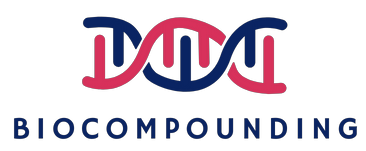



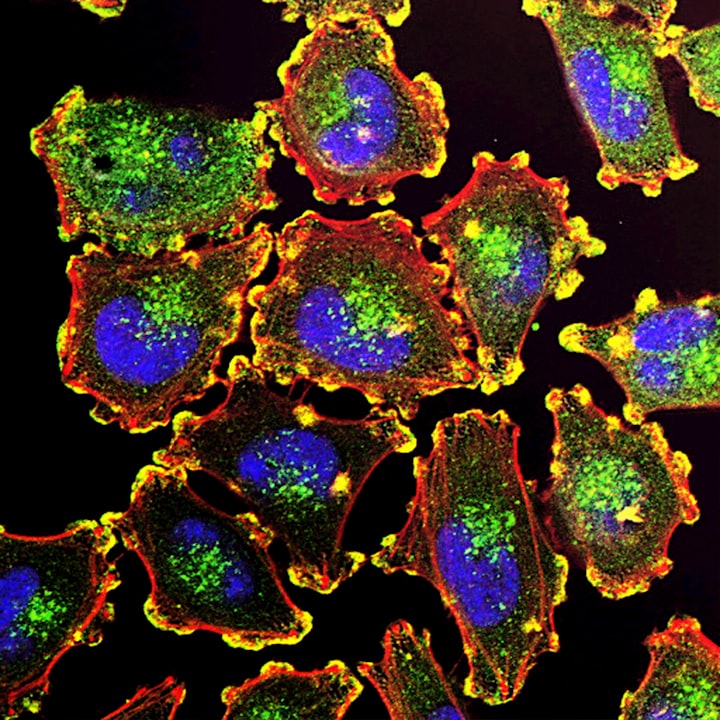
Comments ()